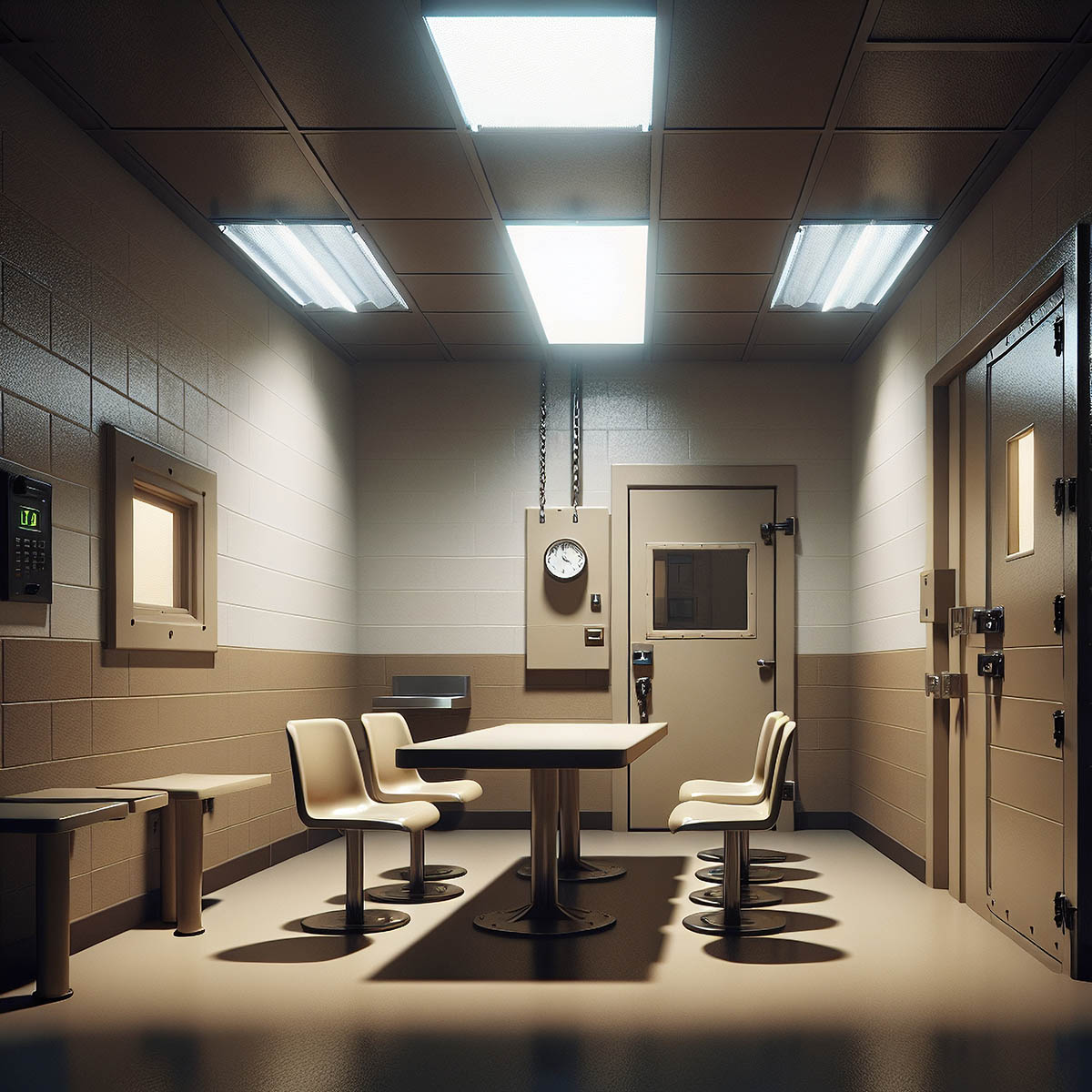When you are separated from your loved one, a prison visit can be daunting. From planning the trip, to obeying the rules, it can be difficult to know where to start. Prison visiting rules can vary depending on the specific facility, the type of prison (federal, state, or local), and the security level (maximum, medium, or minimum). However, there are some general guidelines and common rules that most prisons follow. Here’s an overview:
1. Scheduling Visits
- Advance Notice: Visitors usually need to schedule their visits in advance. This can be done online, by phone, or sometimes by mail, depending on the facility.
- Visiting Days and Hours: Each prison has specific days and hours when visits are allowed. Weekends and holidays are typically the most common visiting times, but this can vary.
- Duration of Visits: Visits are often limited to a specific duration, usually a few hours. The exact time allowed can depend on factors like the prison’s rules, the number of visitors, and the inmate’s behavior.
2. Visitor Eligibility
- Pre-Approval Required: Many prisons require that visitors be pre-approved before they can visit an inmate. This may involve filling out an application and undergoing a background check.
- Relationship to Inmate: Some facilities may limit visits to immediate family members, legal representatives, or those with a pre-existing relationship with the inmate.
- Age Requirements: Minors are typically allowed to visit, but they usually must be accompanied by an adult. Some prisons have specific rules for children, including what identification they need.
- Ex-Inmates and Felons: Individuals with a criminal record, particularly those who have been recently released, may be prohibited from visiting unless special permission is granted.

3. Identification and Documentation
- Photo ID: All visitors, including minors (depending on their age), are generally required to present a valid photo ID, such as a driver’s license, state ID, or passport.
- Documentation for Minors: For children, a birth certificate or other proof of identity may be required.
4. Dress Code
- Modest Clothing: Visitors are usually required to wear modest clothing. Revealing outfits, such as short skirts, tank tops, or see-through clothing, are typically prohibited.
- No Gang-Related Clothing: Clothing with gang symbols, offensive language, or images that could be disruptive is not allowed.
- No Hats or Sunglasses: Many facilities prohibit visitors from wearing hats, sunglasses, or other accessories that could obscure their identity.
- Footwear: Closed-toe shoes are usually required, and some facilities may have restrictions on sandals or flip-flops.
5. Prohibited Items
- No Electronics: Visitors are generally not allowed to bring in electronic devices such as cell phones, cameras, or tablets.
- No Weapons or Drugs: Obviously, weapons, drugs, alcohol, and any other contraband are strictly forbidden.
- No Large Bags or Purses: Some prisons may allow small wallets, but large bags, purses, and backpacks are typically not allowed. Many facilities provide lockers where visitors can store their belongings during the visit.
- Money: Some prisons allow visitors to bring a small amount of money (in coins) to purchase items from vending machines in the visiting area.
6. Search Procedures
- Security Screening: All visitors will be subject to a security screening, which may include metal detectors, pat-downs, or even more thorough searches in some cases.
- Property Search: Any items brought into the facility, such as clothing or documents, may also be searched.

7. Behavior During Visits
- No Physical Contact: Physical contact between visitors and inmates may be limited or prohibited, especially in higher-security facilities. In lower-security settings, brief hugs or handshakes might be allowed at the beginning and end of the visit.
- Supervised Visits: Visits are typically monitored by prison staff, either in person or via cameras, to ensure that rules are followed.
- No Passing Items: Visitors are usually not allowed to pass any items to inmates during the visit, except through approved channels such as a prison-approved vendor or mail.
8. Special Visits
- Legal Visits: Visits from legal representatives often have different rules and may occur outside of normal visiting hours. Attorneys may be allowed to bring in certain documents or equipment necessary for the legal process.
- Medical or Compassionate Visits: In cases of serious illness or other special circumstances, compassionate visits may be arranged with special permission.
9. Visitation Termination
- Rule Violations: Visits can be terminated by prison staff if any rules are broken. This can include inappropriate behavior, attempting to bring in contraband, or not following the dress code.
- Inmate Behavior: An inmate’s privilege to receive visitors can be revoked as a result of disciplinary issues within the prison.
10. COVID-19 and Other Health Considerations
- Health Screenings: During the COVID-19 pandemic and other health emergencies, visitors may be subject to additional screenings, such as temperature checks or health questionnaires.
- Mask Requirements: Some facilities may require visitors to wear masks or adhere to other health protocols.
How to Get Specific Information
- Check with the Facility: Always check the specific prison’s website or contact them directly for the most accurate and up-to-date information regarding their visiting rules. Each facility will have its own guidelines and procedures.
Following these guidelines and being prepared can help ensure that your visit goes smoothly and that you can spend valuable time with your loved one.

